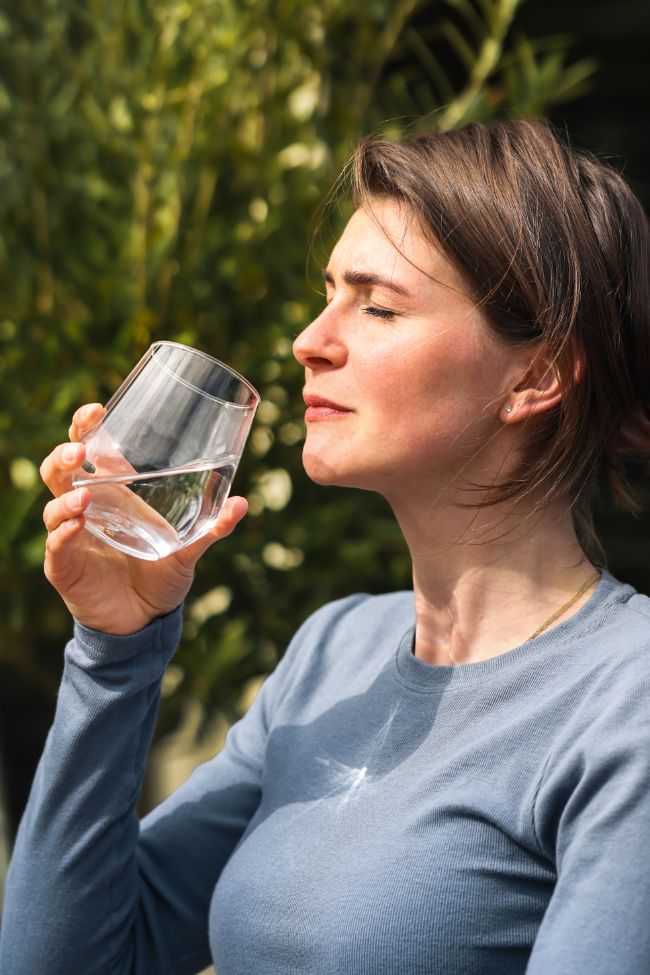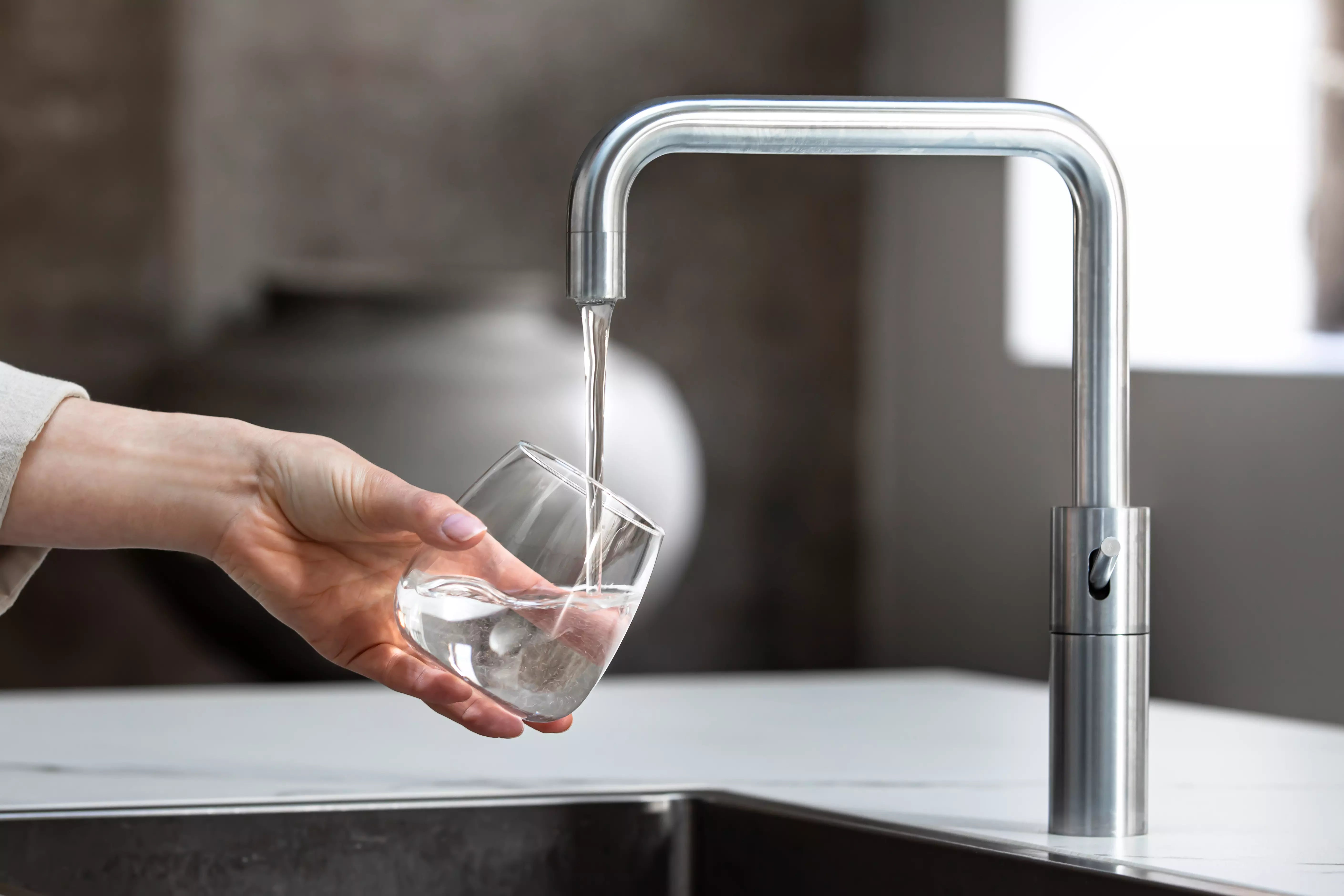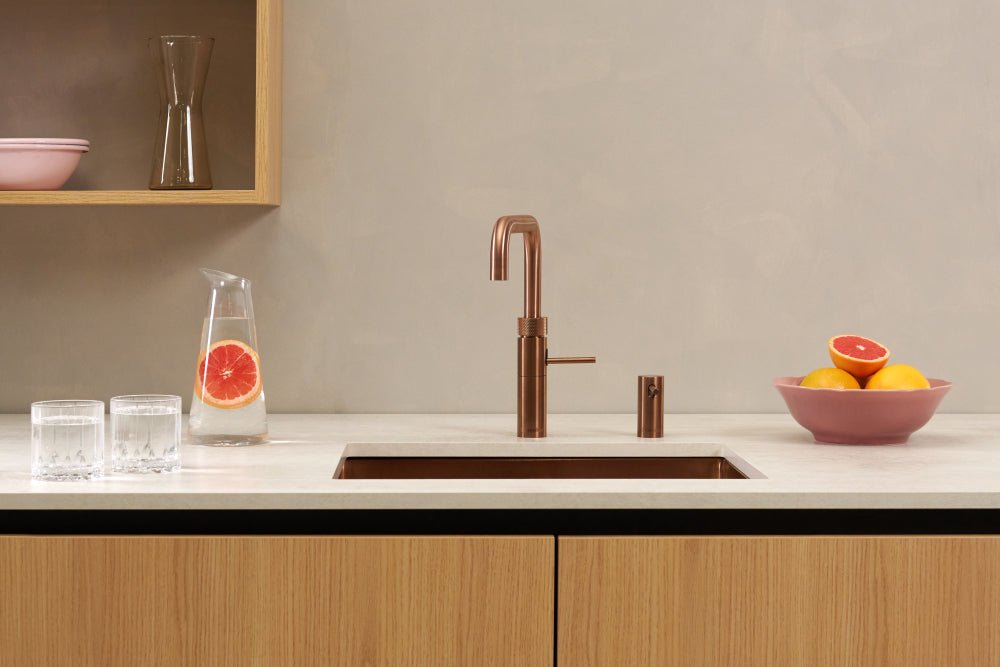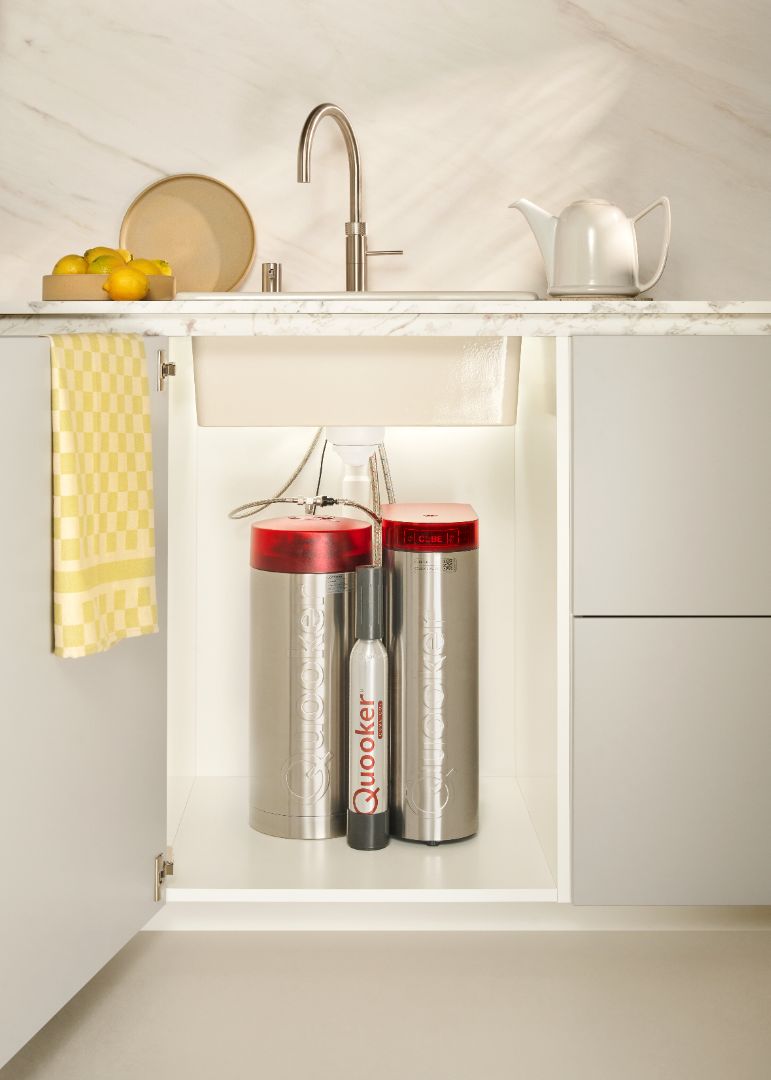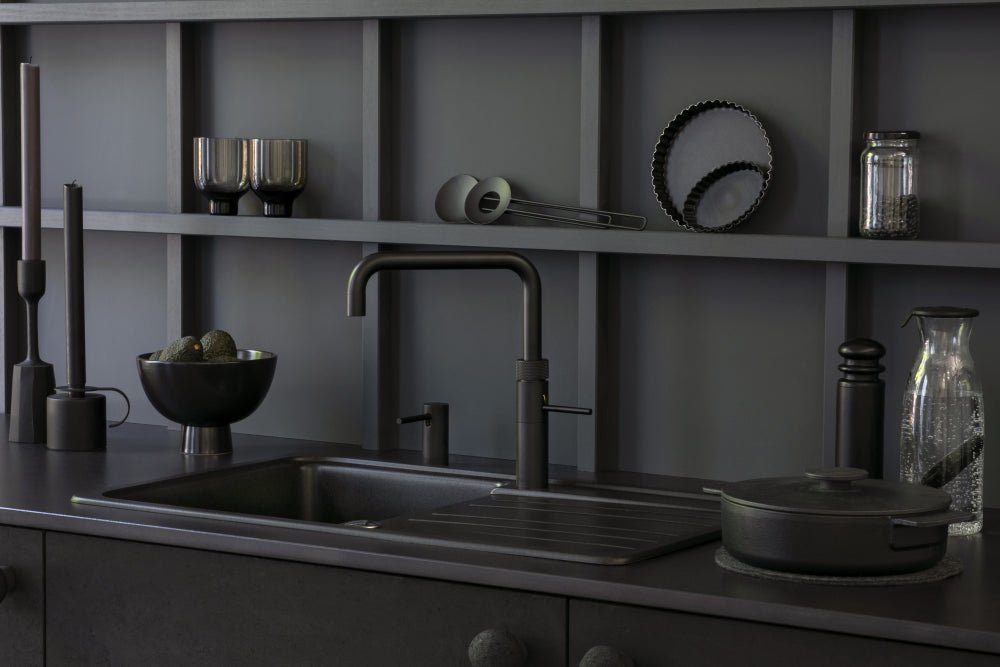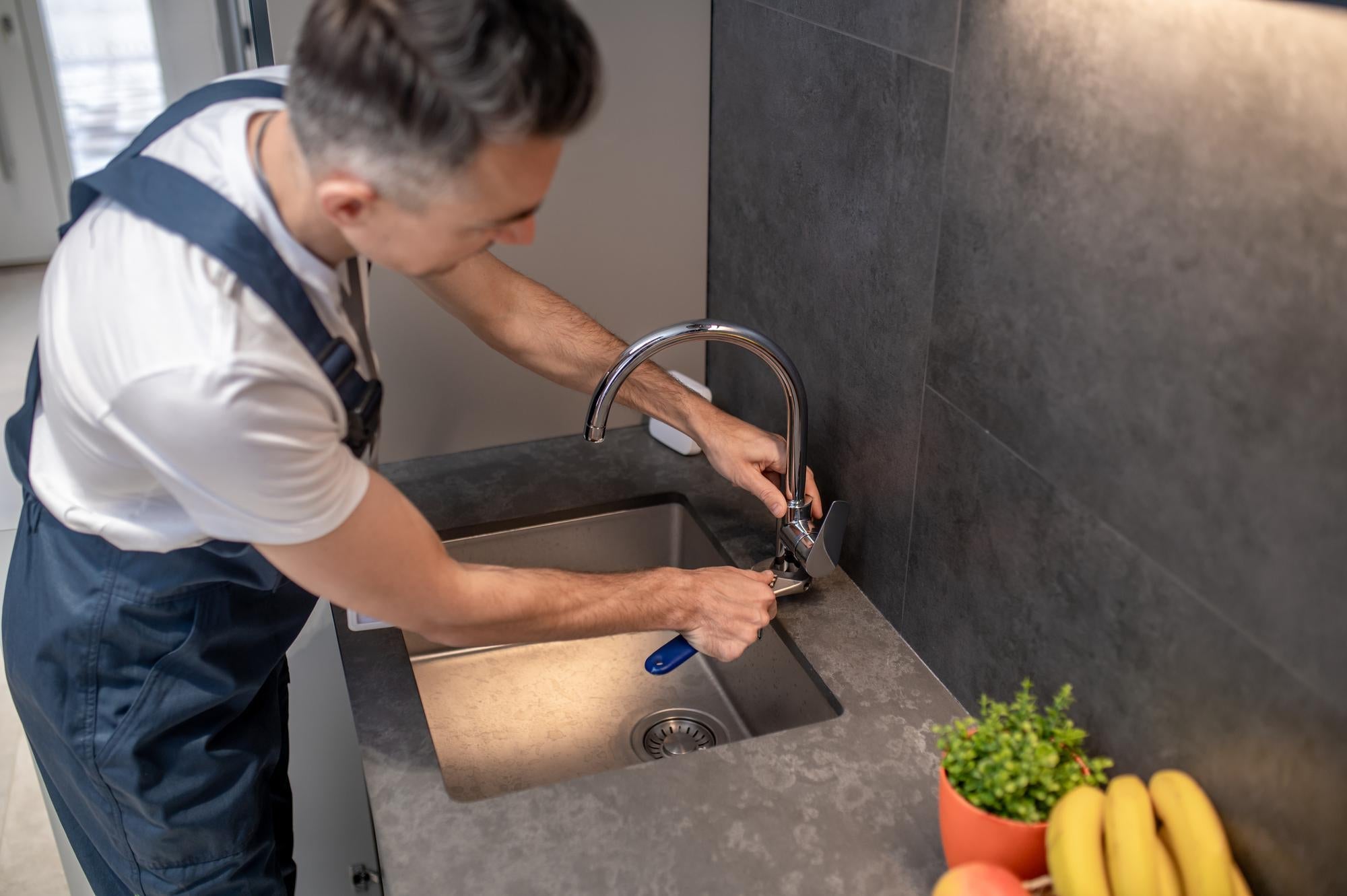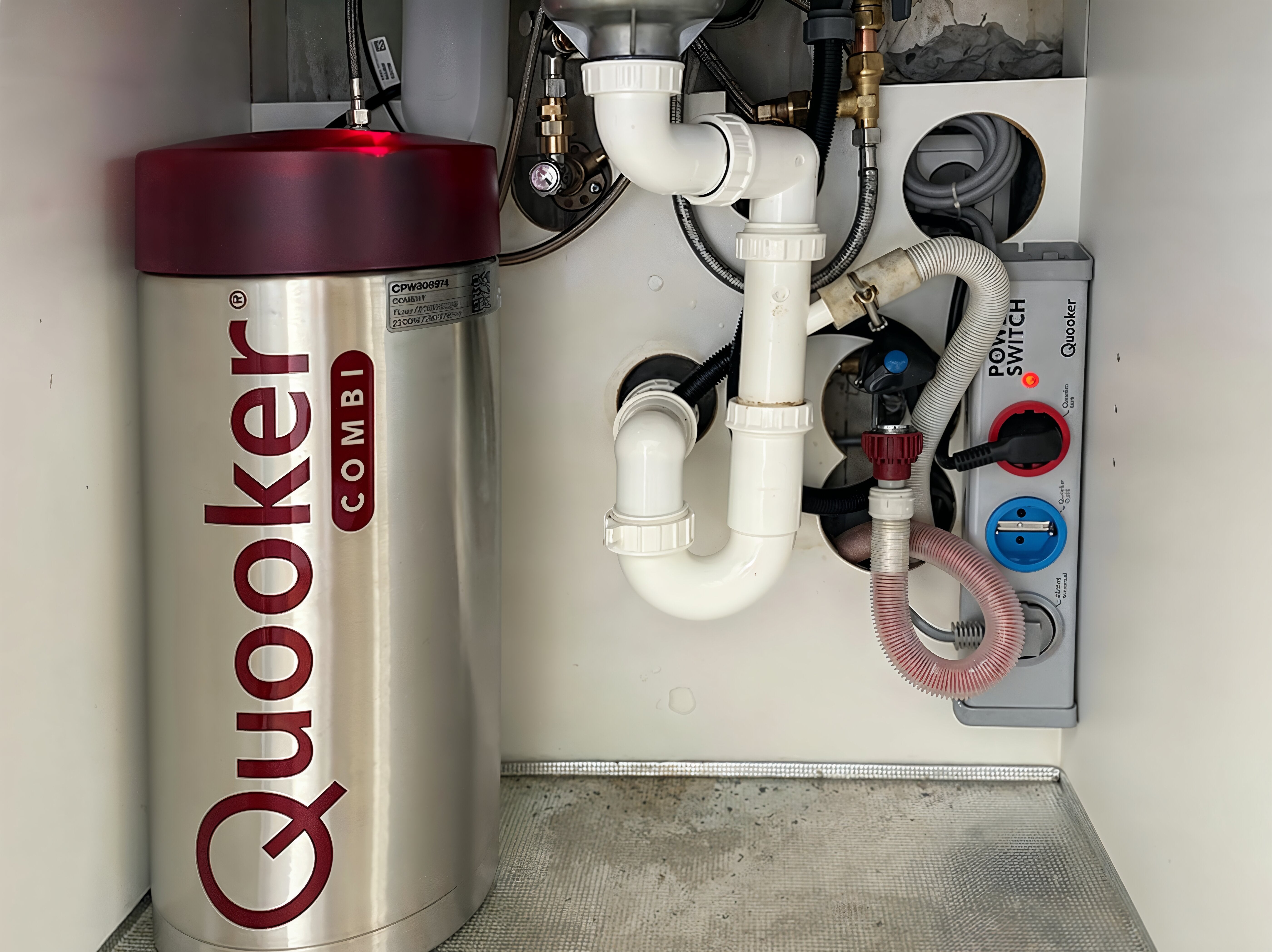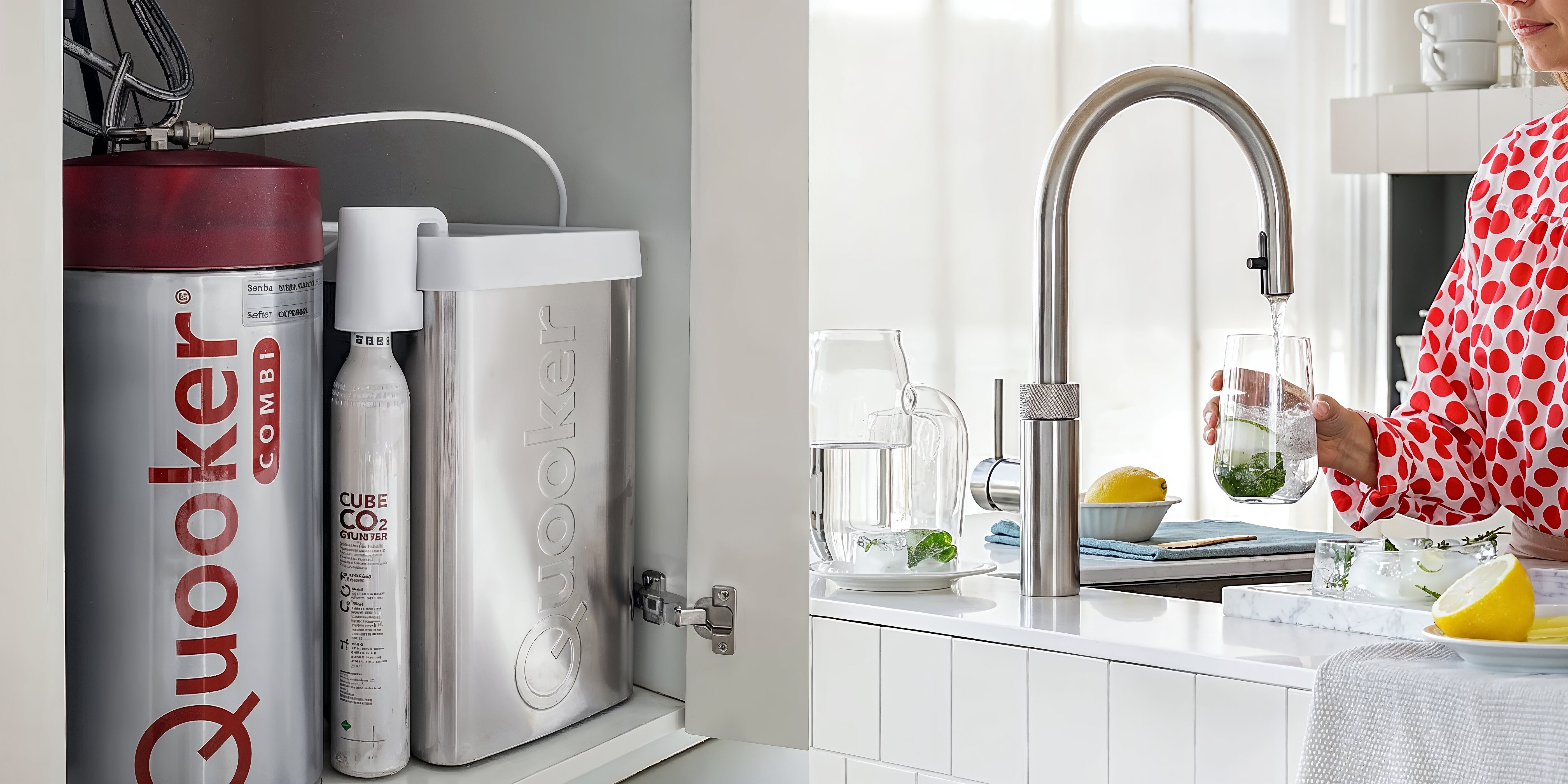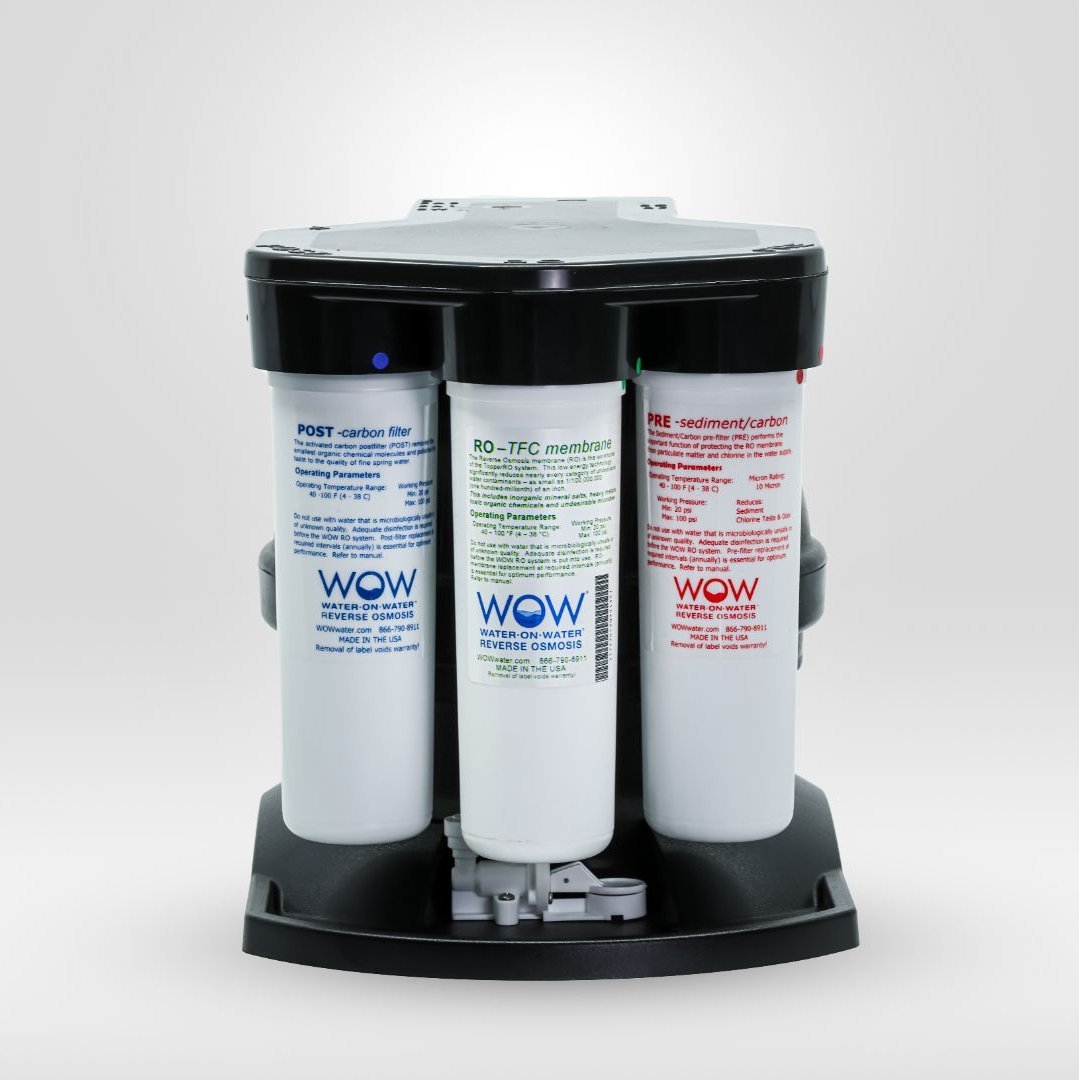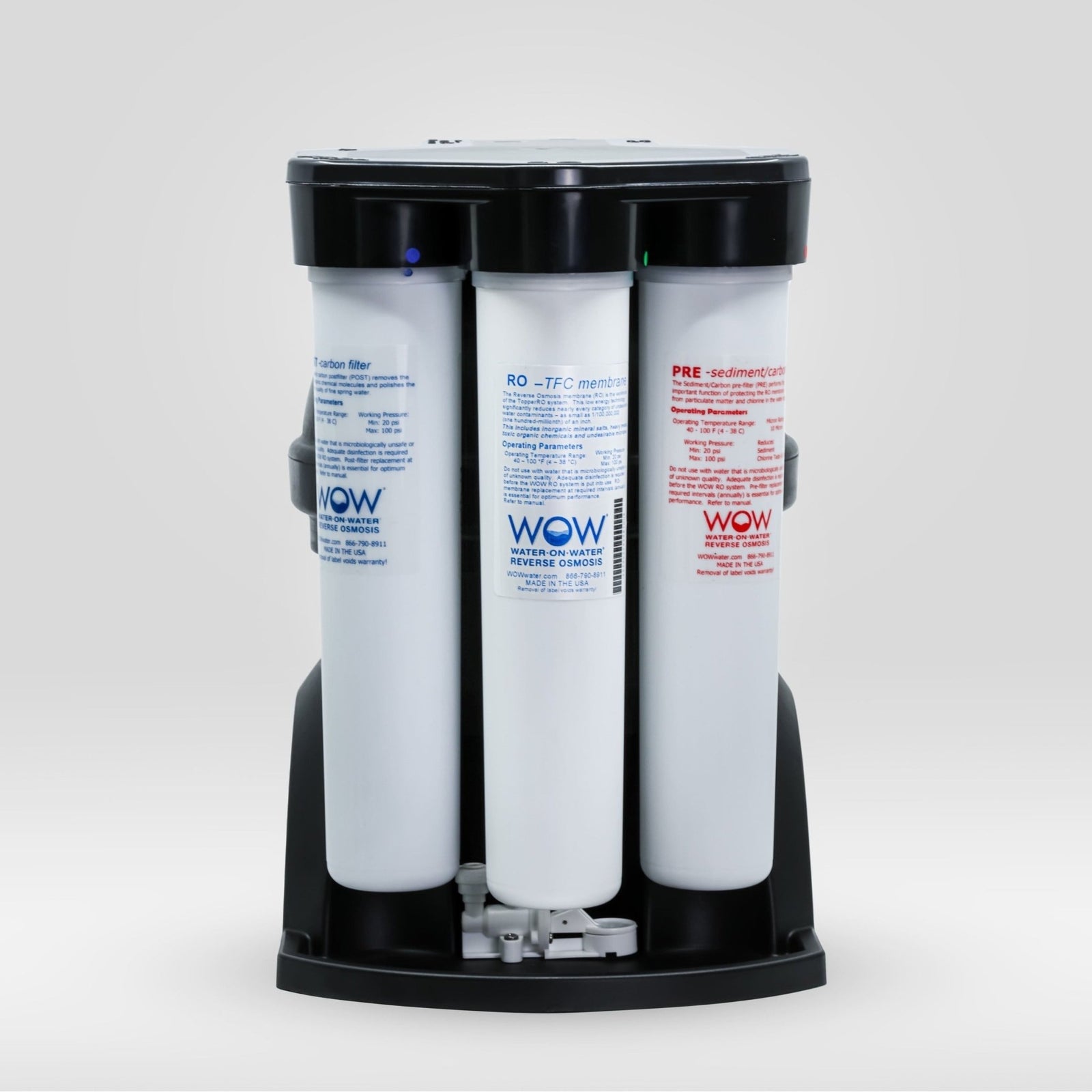When choosing a water purification system, two key technologies are often considered: UV light and carbon filters. These methods operate fundamentally differently and each has its own application. UV light kills microorganisms by damaging their DNA, while carbon filters adsorb contaminants to their surface. The choice between these technologies depends on the contaminants you want to address, your budget, and the specific water quality issues in your household.
How does UV light work in water purification?
UV water purification is a physical process that uses ultraviolet light to neutralize microorganisms. The light, with a specific wavelength (usually 254 nanometers), penetrates the cell walls of bacteria, viruses, and parasites and damages their DNA. This prevents these organisms from multiplying and causing disease.
The effectiveness of UV purification depends on the light intensity and exposure time. A well-designed UV system can eliminate more than 99% of harmful microorganisms, including E. coli, Giardia, and Cryptosporidium—pathogens that can be resistant to chlorine treatment.
UV systems usually consist of a UV lamp in a transparent tube through which the water flows. They consume relatively little energy and do not add any chemicals to the water, thus preserving its taste and aroma. A key technical aspect is that UV light is only effective against microorganisms and not against chemical contaminants or dissolved substances.
For optimal performance, the water must be clear, as turbidity can block UV radiation. Therefore, UV systems are often combined with pre-filtration to remove suspended particles first.
What exactly do carbon filters do to water?
Carbon filters operate on a physical-chemical principle called adsorption. They are made of activated carbon, a porous material with a huge internal surface area. When water flows through a carbon filter, contaminants are attracted to the carbon's surface and held there.
These filters are particularly effective at removing organic compounds such as pesticides, herbicides, and industrial chemicals. They also reduce chlorine, chlorine derivatives, and substances that cause taste and odor problems. This significantly improves not only the safety but also the taste of the water.
There are different types of carbon filters on the market:
- Granular Activated Carbon (GAC) - Consists of loose carbon particles and offers good filtration capacity
- Carbon block filters - Compressed carbon blocks with higher density and better filtration
- Catalytic Carbon - Specially treated to better remove certain contaminants such as chloramines
A key characteristic of carbon filters is their ability to become saturated. As more contaminants are adsorbed, their effectiveness decreases. Therefore, these filters must be replaced regularly to ensure optimal water purification.
Which purification method is better for my situation?
The choice between UV light and carbon filters depends on several factors and often a combination of both techniques is the most effective solution.
If microbiological contamination is your primary concern, for example, when using well water or in areas with bacterial problems, UV light is an excellent choice. It is highly effective against pathogens without altering the water's chemical composition.
Carbon filters, on the other hand, are ideal when your water contains:
- Chlorine or chlorine derivatives
- Pesticides or herbicides
- Volatile organic compounds (VOCs)
- Taste and odor problems
In terms of installation costs, simple carbon filters are generally cheaper than UV systems. A basic carbon filter costs between €20 and €100, while UV systems start at around €200. UV systems also require lamp replacement (usually annually) and consume electricity.
For the most complete water purification, we at PureAqua often recommend a multi-step approach. Our water filter system, The Source, combines various purification technologies, including reverse osmosis, which removes up to 99% of unwanted substances, for the purest drinking water.
For households with specific problems such as hard water problems, a combination of a water softener with a purification system can be the optimal solution.
Did you know: Carbon filters were used in ancient Egypt in the form of charred logs to purify water, thousands of years before we understood the science behind it!
Whichever method you choose, clean and safe drinking water is an investment in your health and well-being that makes a difference every day.
